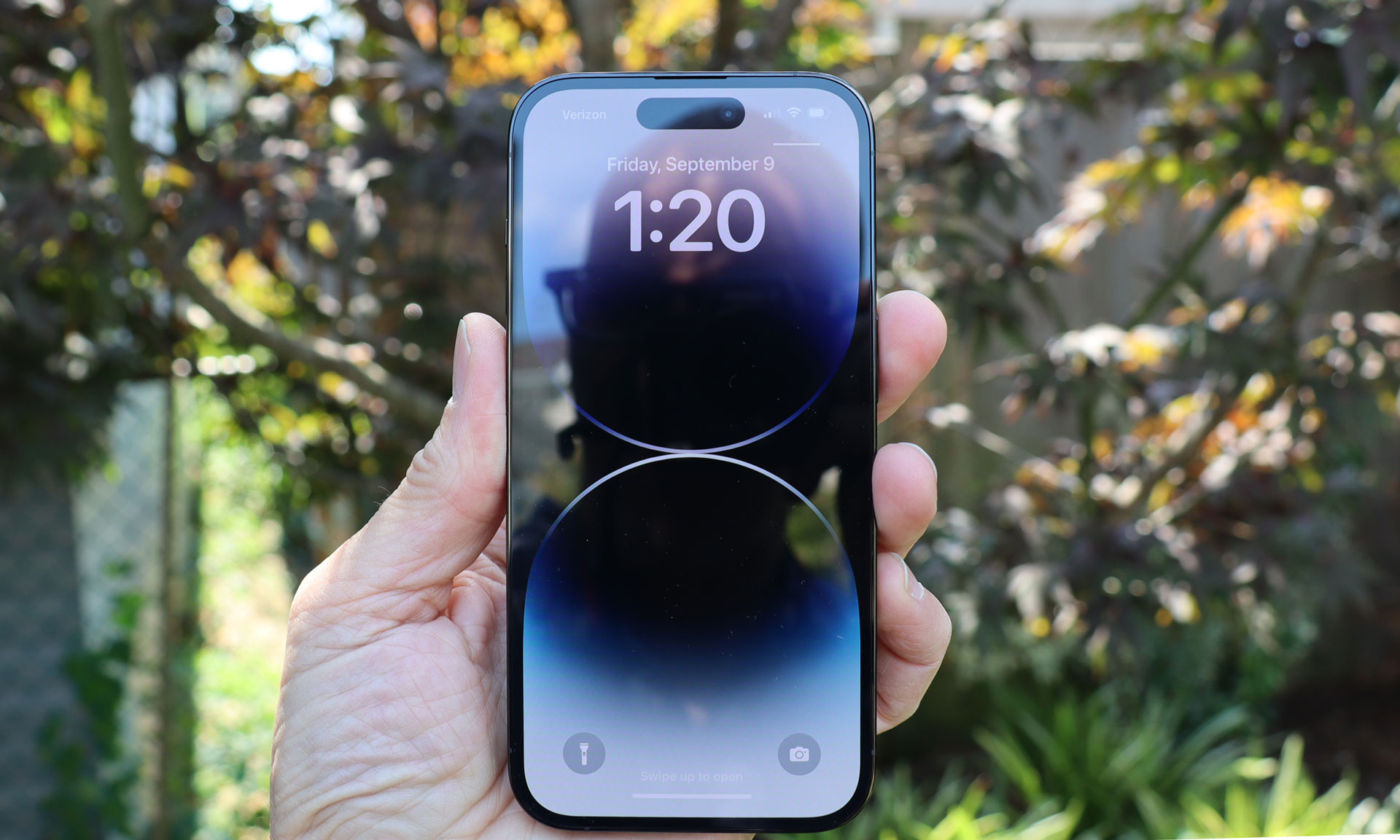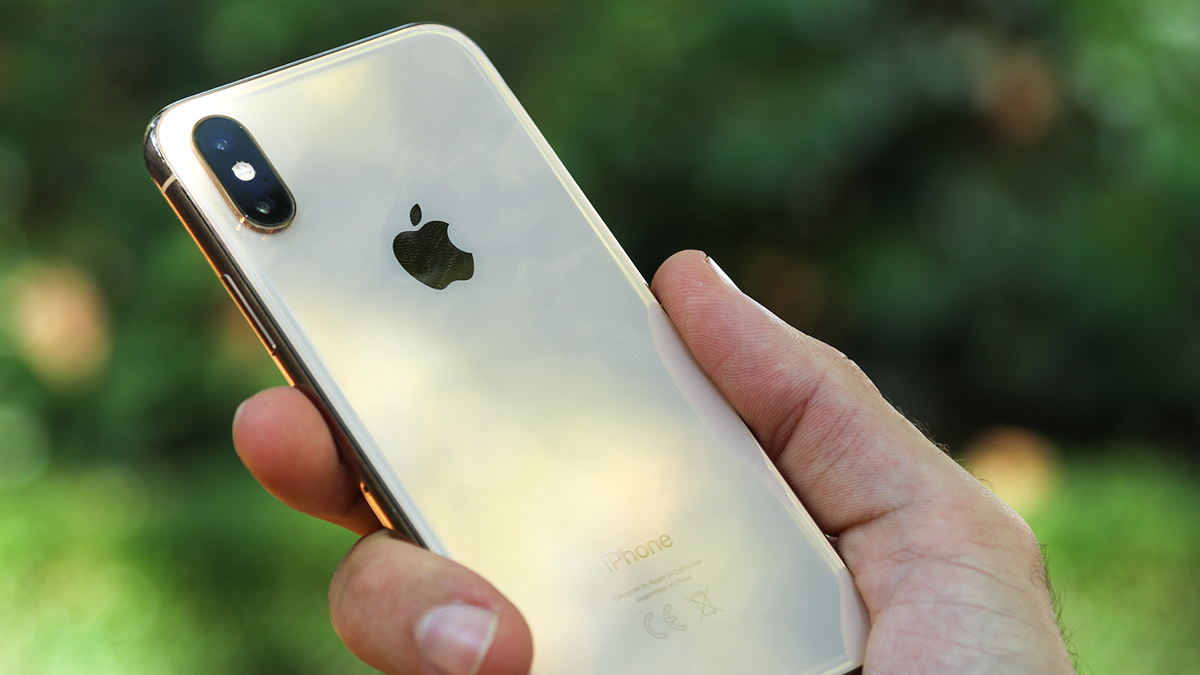New iPhone display tech could block reflections and most sunlight – and it could debut as soon as the iPhone 17
Bring on the sunshine

There’s no doubt about it: using a smartphone in bright sunlight can be a challenge. It’s almost impossible to see what’s on your screen without ramping up your brightness, but doing that can rapidly drain your battery. It’s a no-win situation.
Well, that might not be the case for too much longer, as Apple is apparently working on tech that could make it far more pleasant to use your iPhone when the sun is shining. That’s according to a couple of leaks that could spell good news for future iPhones.
The first rumor comes from Chinese Weibo leaker Instant Digital (via MacRumors), who claims that the iPhone 17’s outer glass will come with a “super-hard anti-reflective layer” that is “more scratch-resistant than you think.”
This sounds a lot like the Corning Gorilla Armor that Samsung has used on the Samsung Galaxy S24 Ultra, and which has helped that phone withstand brutal scratch tests. According to Corning, this tech also cuts reflections by up to 75% compared to standard glass, and if that claim and the aforementioned iPhone screen leak are referring to the same thing, iPhone users could soon have a much better experience when using their devices outside.
The bad news is that Instant Digital claims the new feature will arrive too late to make it into the iPhone 16, so we could be waiting a while to see it. Still, the iPhone 17 is already rumored to be getting some strong display upgrades, so this latest development could make it a device to savor for those who want the best screen money can buy.
Fighting the reflections

It’s not the only anti-reflective technology that Apple has apparently been working on. A recently granted patent (number 11934063, spotted by Patently Apple) reveals that future iPhones might be able to automatically adjust their surface properties to cut out reflections and make on-screen content much more visible in bright light.
For instance, the patent outlines how an iPhone could use its ambient light sensor to detect current light levels. If they're too high, it could trigger an adjustable diffuser or tint layer that automatically increases display contrast or changes the tint to improve content visibility.
Get daily insight, inspiration and deals in your inbox
Sign up for breaking news, reviews, opinion, top tech deals, and more.
The iPhone display could also come with an “ambient light rejection element” that allows as much of your on-screen content to reach your eyes as possible, while simultaneously blocking as many reflections as it can. This could absorb as much as 90% of the reflected light, the patent claims.
Whether we’ll see this patent make it into a future iPhone is uncertain – it is just a patent, and Apple doesn’t always bring its ideas to market – but it seems clear that Apple is seriously considering the issue of display visibility. Combined with its apparent work on anti-reflective glass, it suggests that future iPhones could be a lot more enjoyable to use in bright light.
You might also like

Alex Blake has been fooling around with computers since the early 1990s, and since that time he's learned a thing or two about tech. No more than two things, though. That's all his brain can hold. As well as TechRadar, Alex writes for iMore, Digital Trends and Creative Bloq, among others. He was previously commissioning editor at MacFormat magazine. That means he mostly covers the world of Apple and its latest products, but also Windows, computer peripherals, mobile apps, and much more beyond. When not writing, you can find him hiking the English countryside and gaming on his PC.